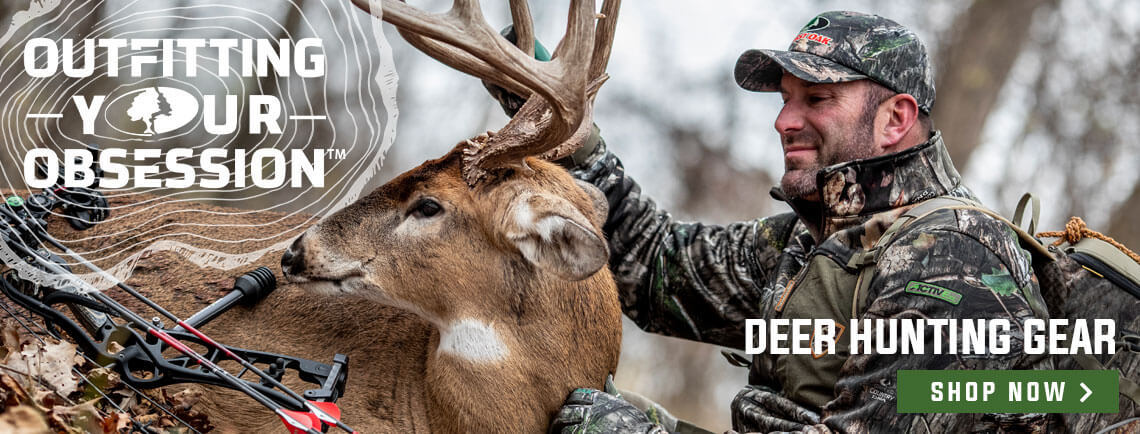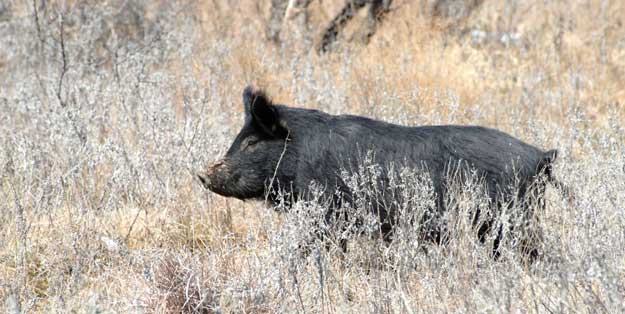Bob Walker | Mossy Oak ProStaff

I really thought I could take a nice deer hunting a spot I had picked out on the third afternoon of bow season. I got off from work and climbed into my tree stand. I hadn’t been there long before I started seeing deer in the distance. Then I heard a deer snort right behind me. I took out my wind checker. Immediately, I saw that the wind was swirling and changing directions. I had a steady wind in my face early in the afternoon, but after about an hour, the wind died and changed directions.
When I got in my stand, I had a solid northeast wind, but then after the wind died and picked back up again, the wind was coming from the west. That was the way I didn’t need for it to blow. Don’t forget that the weatherman isn’t always right when he predicts the way the wind will blow. More than likely, you'll have changing wind conditions during the time you're hunting. If you're hunting a mature big buck, I wouldn’t hunt that deer on a day with variable winds.
If I get in my stand, and the wind changes, I’ll try to leave that stand quickly so I don’t spook that buck. Where I hunt, if a big buck smells you, you probably won’t see that buck again that season or possibly ever again. In other states, where the seasons are shorter and the number of bucks that a hunter can take is fewer, the mature buck may not be as sensitive to human odor as they are in Alabama. I wouldn’t decide not to go hunting because I had a variable wind, since most of us go hunting when we can. But on those variable wind days, I’d check several different forecasts and take my best guess as to where I should hunt. Then I go for that spot. However, I’d have a wind checker with me to constantly monitor the wind. If I needed to change stand sites when the wind changed, I would.
One tip that’s helped me that may help you is that when I know I have a variable wind, then I don’t go to my stand site as early as I normally will. For instance, if I know the deer are probably moving just before dark, then instead of going to my stand site at 2 p.m., I only may go to my stand site two hours before dark. In other words, try not get in your stand until maybe an hour or 1-1/2 hours before you expect the deer to move. Generally late in the afternoon or just at first light is when you'll have the most constant wind of the day.
When hunting a big green field with trees out in its middle, I’d hunt from the trees in the middle of the green field, out in the open. I’d get high in a tree, so that the wind would scatter my odor over a longer distance, than if I was sitting in the woods where the trees would block some of the wind and cause my scent to be closer to the ground and linger longer.
Another tip that will help you learn when, how and where the deer are bedding, especially during the early season, is to talk to the deer processor whose business is close to where you hunt. Because I own a deer-processing business where successful hunters bring their deer to be processed, I hear from numbers of hunters what the deer are doing almost every day of the season. On the days that we get numbers of deer to process, I know that the deer are moving a lot. On the days we don’t get many deer to process, I know the deer aren’t moving very much.
In my early season scouting so far this year, I've noticed that we've had some cooler temperatures than we normally have in the early season, and I’ve already seen scrapes and rubs on the edges of agricultural fields, woods roads and clear cuts. This makes me believe we may have an early winter this year. If the weather continues to be cooler, deer hunting will continue to get better.
Usually, we see the most and biggest bucks the last two weeks in January until February 10. Alabama is one of the few states in the nation that has a late rut in February and permits February deer hunting. We get a big influx of hunters from all over the country coming to Alabama to hunt our February rut.





























